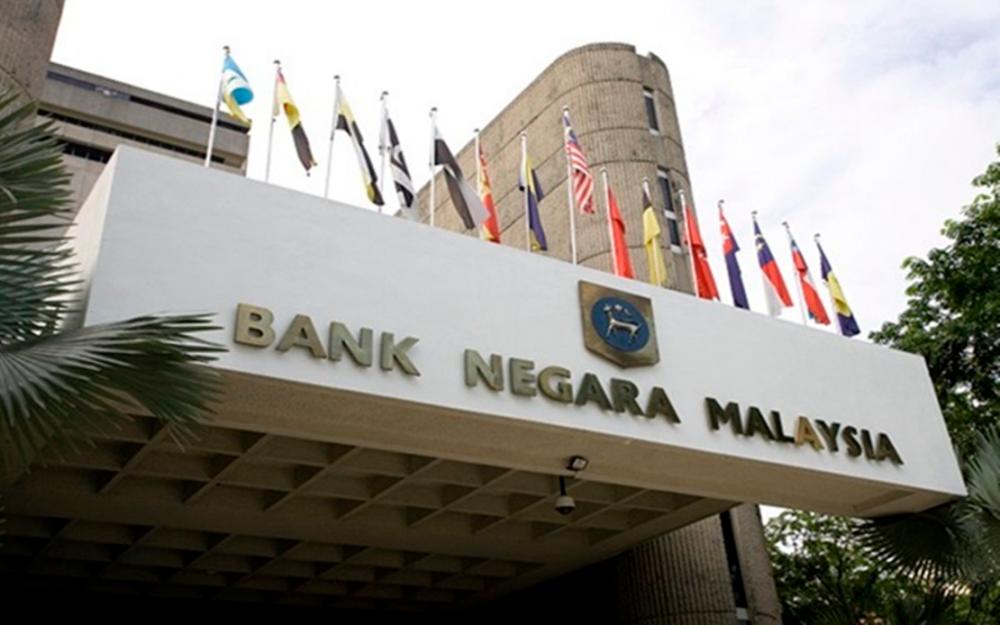PETALING JAYA: Malaysia’s consumer price index (CPI) will continue to be under pressure throughout 2022 with average inflation expected to come in at 2.2% against the backdrop of gradual improvements in the labour market, continual supply constraints, and inefficient existing price controls and anti-profiteering mechanisms, according to MARC Ratings Bhd.
It noted that the latter will result in a reduction of supply in adhering to ceiling prices, thus prolonging shortages.
“Our assessment is based on three considerations. Firstly, the producer price index (PPI) has been trending at double digits since April, 2021 and will continue to be so in Q1’22. This scenario denotes a large gap between PPI and CPI in the past months, suggesting decaying producers’ profits amid supply constraints.
“Secondly, even when PPI normalises after Q2’22, we expect inflation to be persistent in the coming months when producers transfer the rising production costs to consumers as domestic demand picks up in 2022. This will smoothen the price transmission between international and domestic markets as well as within the domestic markets. Furthermore, a stronger US dollar in 2022 will push Malaysia’s import bill higher, particularly food and live animal-related imports.
“And thirdly, we foresee limited upside to the usefulness of price controls and anti-profiteering mechanisms to contain rising prices. The existing regulation does not address the unabating supply constraints and is only beneficial as a short-term measure as it does not lead to supply improvements for long term benefits,“ said MARC in a statement yesterday.
Although the multilateral development banks’ projections suggest dissipating low-base effects in 2022, MARC believes that governments will only resort to mild mobility restrictions to curb the spread of Omicron or subsequent Covid-19 variants considering high vaccination rates globally.
Asean member economies, except Singapore, are poised to record higher growth in 2022 than in 2021 amid high vaccination rates and the gradual relaxation of mobility restrictions.
“We do not anticipate another series of lockdowns in the region this year, which is an upside to Malaysia’s trade growth in 2022,“ it said.
China, Malaysia’s largest trade partner, has seen slowing growth amid the “dual-circulation” strategy and “zero-Covid” policy.
“The silver lining to growth in 2022 will be China’s participation in the Regional Comprehensive Economic Partnership (RCEP). Although Malaysia has yet to ratify the agreement, we posit that the Malaysian government will proceed with ratification and capitalise on the growing trade with China in 2022,“ it noted.
Given the backdrop of global monetary policy normalisation prompted by rising inflation, the outcome of Bank Negara Malaysia’s (BNM) first Monetary Policy Committee meeting today is highly anticipated.
“We expect BNM, based on the current pace of inflation and economic recovery, to maintain its Overnight Policy Rate (OPR) at its historical low of 1.75% for now.
“Going forward, however, we think that there is a slight chance of BNM having to face somewhat of a monetary policy decision dilemma. In a worst-case scenario, there is the possibility of further tidal waves of Covid-19 cases that could cause bigger disruptions to supply chains, push inflation to a multi-decade high, and derail the progress of Malaysia’s growth recovery.
“Under this scenario, we remain cautious about whether BNM would clamp down on inflation or keep its accommodative monetary policy stance intact. If BNM tightens monetary policy to control inflation, this could depress demand and threaten economic recovery. It would mean more economic pain, which would consequently inflict more damage to the government’s already-stressed balance sheet. As a result, we can expect more pressure to pile up on Malaysia’s sovereign credit rating,“ it noted.
Assuming that BNM decides to remain on the sidelines and keep its accommodative monetary policy to avoid hurting the economy further, MARC said in this case, it risks inflation feeding into expectations, wage and price-setting, consequently setting off economic instability.
“It also risks more capital outflows and a weaker ringgit amid rising global interest rates due to normalising global monetary policy.
“It is notable that in November 2021, Malaysia saw RM3.6 billion in net foreign outflows from government debt after global investors ─ taking a cue from the US Federal Reserve’s hawkish pivot ─ liquidated their holdings in emerging market assets. This dilution in foreign holdings, which we expect to continue in 2022, could surge more than anticipated if BNM’s monetary policy dilemma crystallises,“ it noted.













